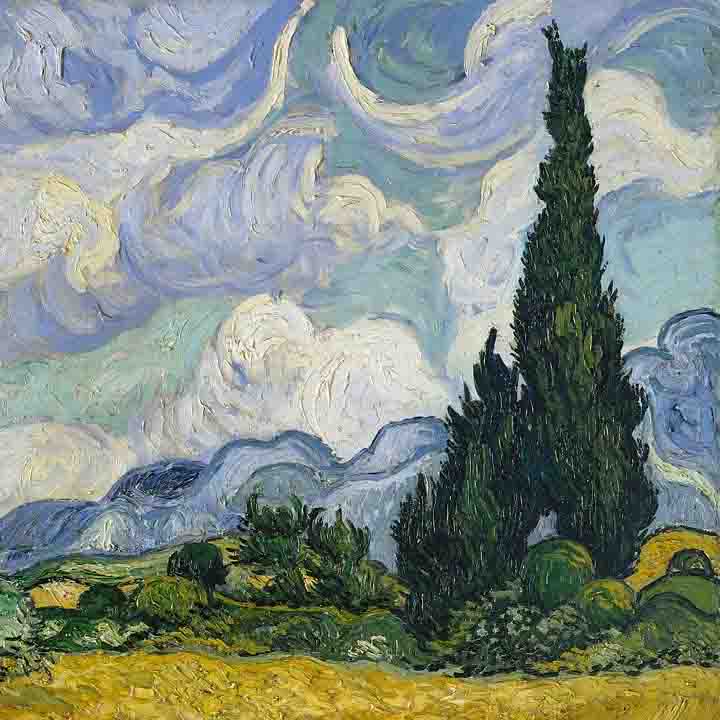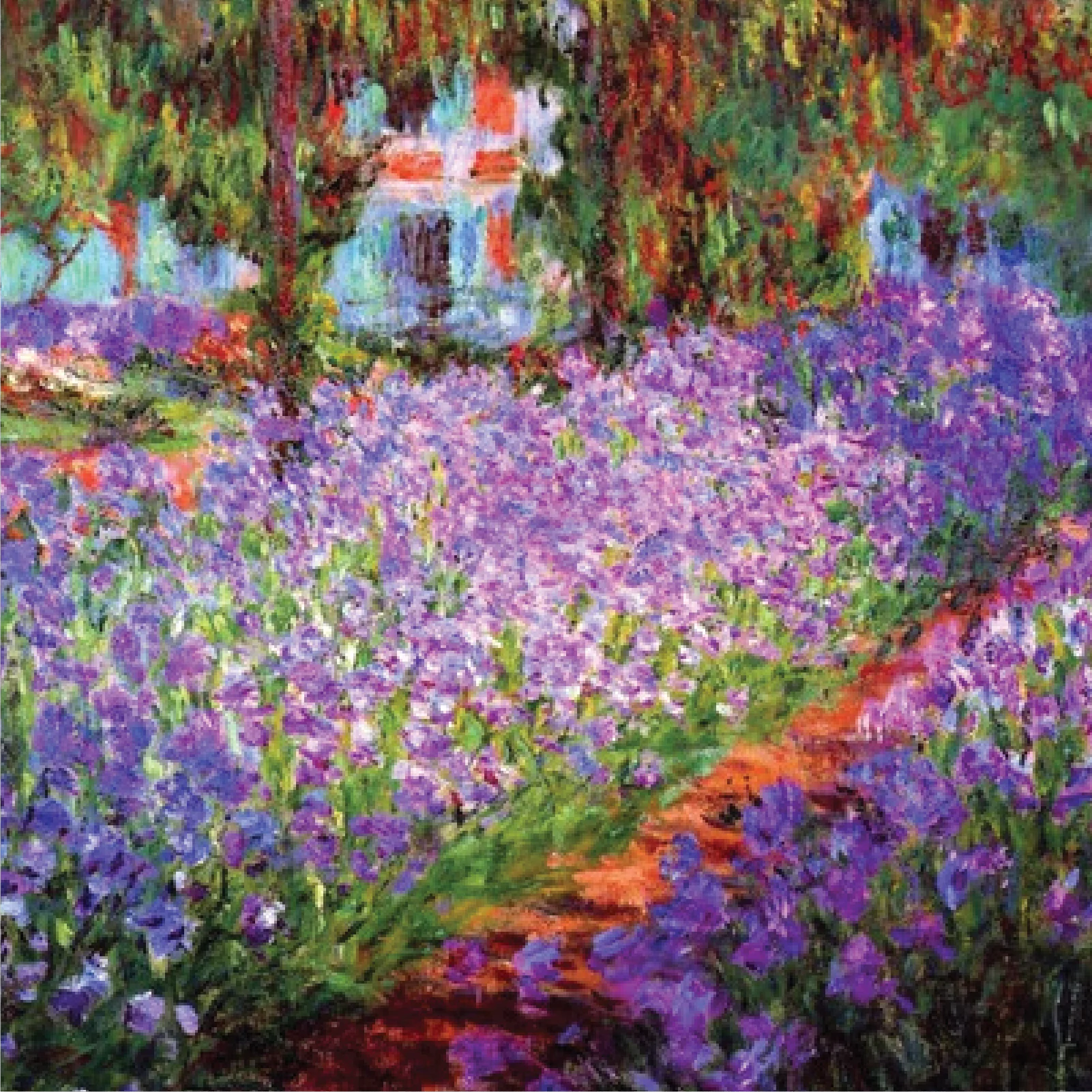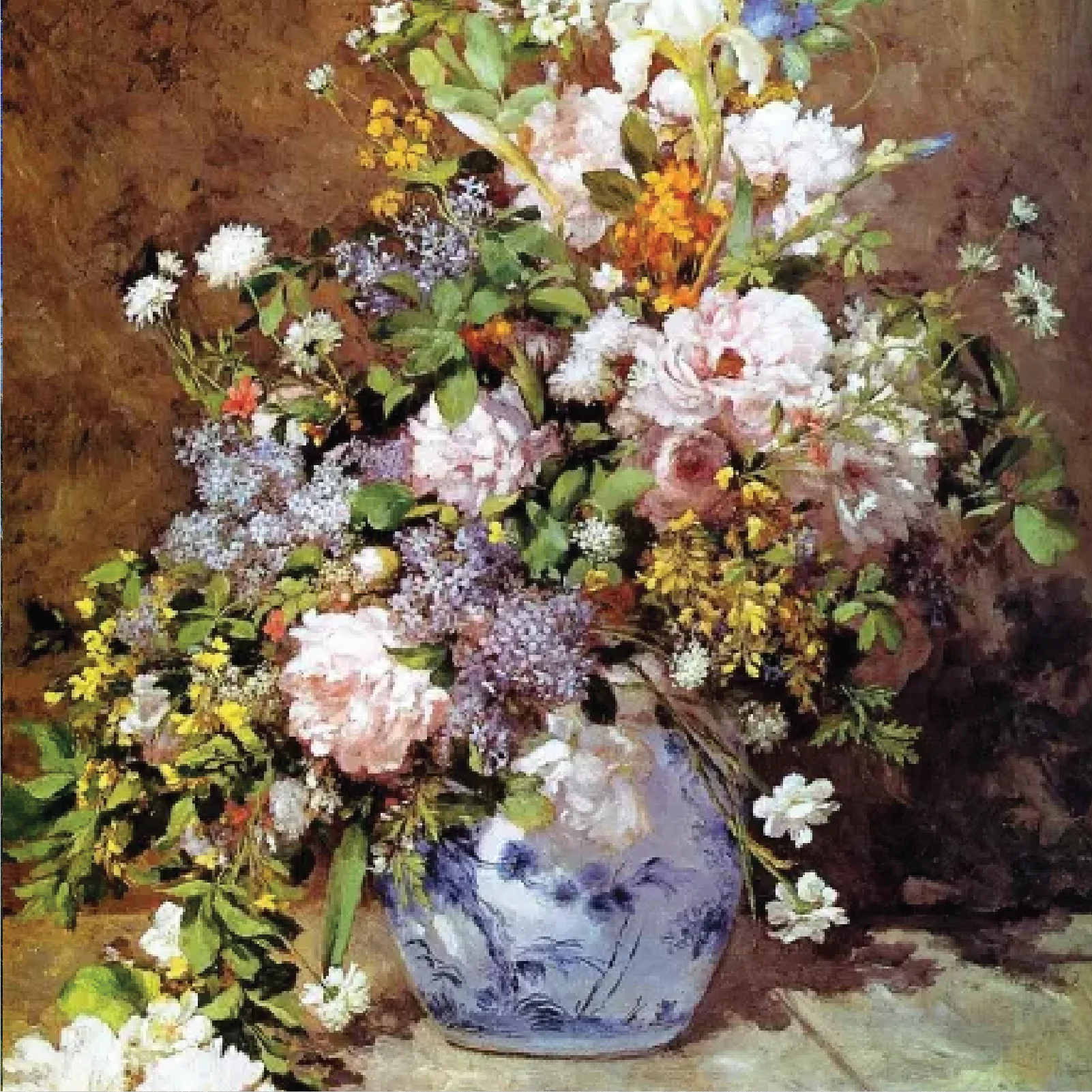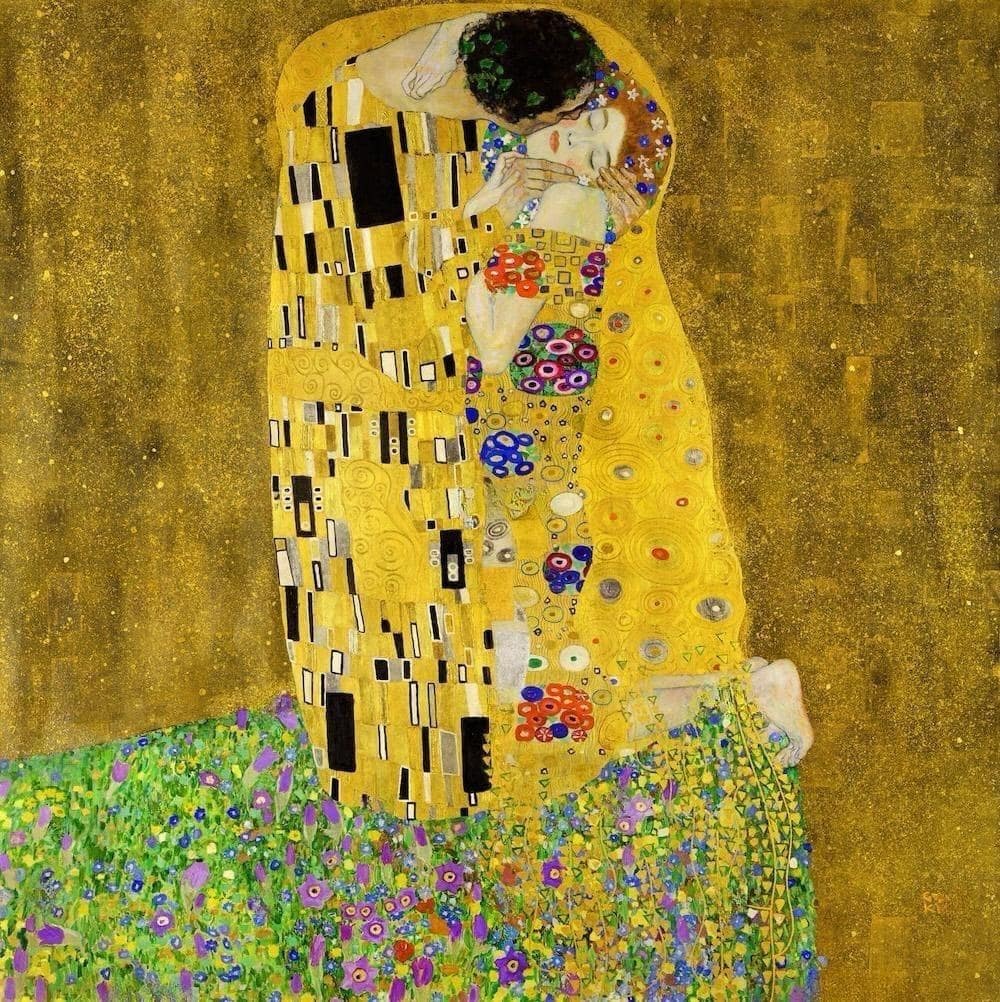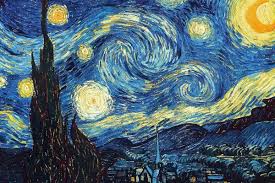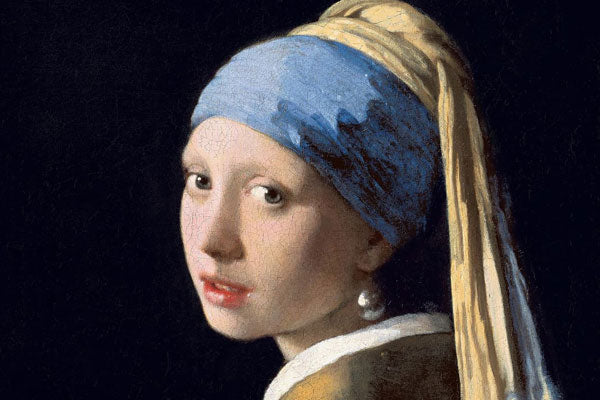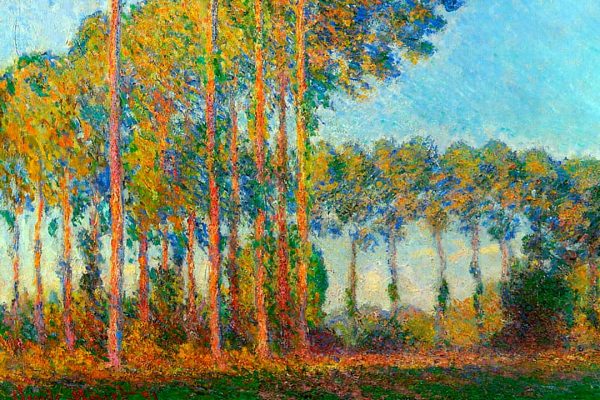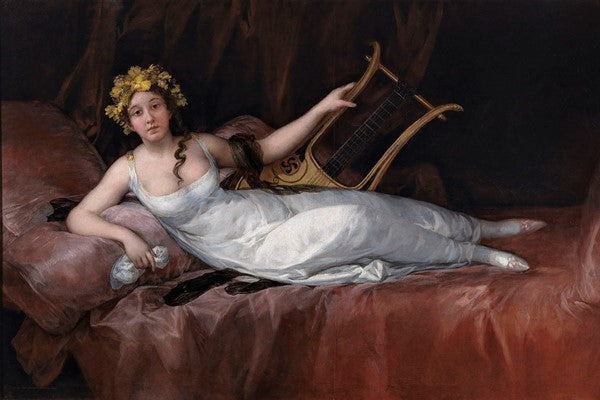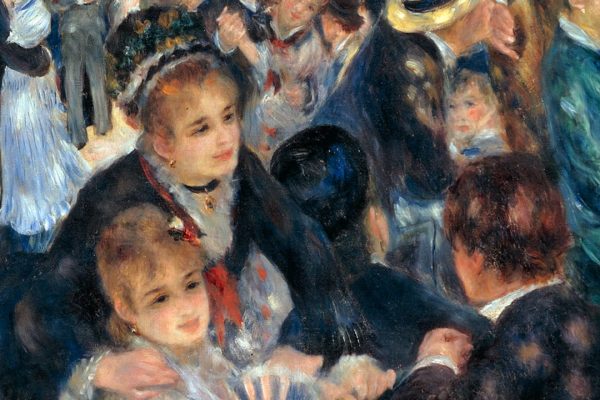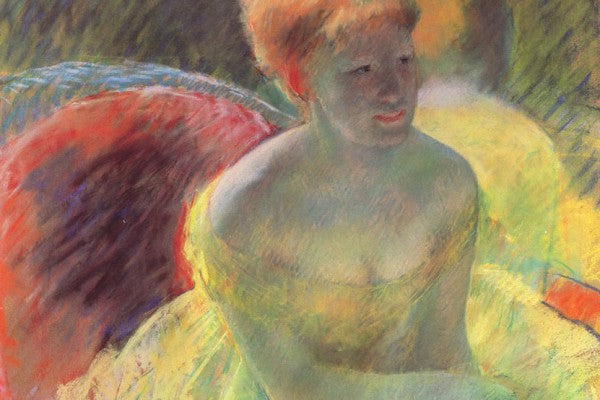Apollo, revered as the God of Light, Music, and Prophecy, holds a prominent place in classical mythology. He embodies the ideals of beauty, harmony, and intellect. In Salvator Rosa's painting, Apollo is depicted with a radiant presence, symbolizing enlightenment and divine inspiration. His role as a prophetic figure connects deeply with the themes of knowledge and foresight, making him a central character in many artistic representations.
The laurel wreath, often seen adorning Apollo's head, symbolizes victory and achievement. In ancient Greece, it was awarded to victors in athletic competitions and poetic contests. This emblem of triumph enhances Apollo's character in Rosa's work, suggesting not only his divine status but also his connection to human endeavors and aspirations. The laurel serves as a reminder of the pursuit of excellence and the celebration of artistic and intellectual accomplishments.
Sibyl, the Oracle of Cumae, is a fascinating figure in Roman mythology. She was believed to possess the gift of prophecy, offering insights into the future. Her presence in Rosa's painting highlights the intersection of divine knowledge and human experience. Sibyl's role as a female oracle challenges traditional gender roles in ancient societies, showcasing the power of women in spiritual and intellectual realms.
Salvator Rosa: The Master Behind the Canvas
Rosa's Unique Style: Merging Baroque and Romantic Elements
Salvator Rosa was a master of blending Baroque drama with Romantic emotion. His works often feature dramatic landscapes and intense emotional expressions. In "Apollo and Sibyl of Ridges," Rosa's unique style shines through, as he captures the tension between the characters and their surroundings. This fusion creates a captivating visual experience that draws viewers into the narrative.
Influences of Nature and Emotion in Rosa's Work
Rosa's deep appreciation for nature is evident in his landscapes, which often serve as a backdrop for human drama. He skillfully uses natural elements to evoke emotions, enhancing the storytelling aspect of his paintings. In "Apollo and Sibyl," the rugged terrain and dramatic skies reflect the tumultuous emotions of the characters, creating a powerful connection between the figures and their environment.
Rosa's Contribution to the Evolution of Landscape Painting
Rosa played a significant role in the evolution of landscape painting during the 17th century. His innovative approach to integrating figures with expansive landscapes set a precedent for future artists. By emphasizing the relationship between humans and nature, Rosa's work paved the way for the Romantic movement, influencing artists who sought to express emotion through their depictions of the natural world.
Analyzing the Techniques Used in Apollo and Sibyl
Color Palette: The Use of Earthy Tones and Dramatic Shadows
Rosa's choice of earthy tones in "Apollo and Sibyl" creates a sense of realism and depth. The warm browns and greens evoke the natural world, while dramatic shadows add a layer of intensity to the scene. This color palette not only enhances the emotional impact but also reflects the Baroque tradition of using light and shadow to create drama.
Brushwork: Capturing Movement and Emotion
Rosa's brushwork is dynamic and expressive, capturing the movement and emotion of the characters. His technique allows for a sense of fluidity, making the figures appear alive and engaged in their narrative. This mastery of brushwork invites viewers to feel the tension and connection between Apollo and Sibyl, drawing them deeper into the story being told.
The Narrative and Composition of Apollo and Sibyl
Decoding the Visual Story: What the Painting Conveys
The Interaction Between Apollo and Sibyl: A Study in Emotion
The interaction between Apollo and Sibyl is central to the narrative of the painting. Their expressions and body language convey a complex mix of longing, wisdom, and tension. This emotional exchange invites viewers to ponder the nature of prophecy and the weight of knowledge, making the scene resonate on a personal level.
Foreground vs. Background: The Role of Landscape in the Narrative
The landscape in "Apollo and Sibyl" plays a crucial role in the overall composition. The rugged cliffs and expansive sky create a dramatic backdrop that enhances the emotional stakes of the scene. This contrast between the figures and their environment emphasizes the isolation and intensity of their encounter, making the landscape an integral part of the storytelling.
Symbolic Elements: Hidden Meanings in the Artwork
Interpreting the Objects and Symbols Present in the Scene
Rosa incorporates various symbolic elements in the painting, each adding layers of meaning. The scroll held by Sibyl represents knowledge and prophecy, while the lyre in Apollo's hand symbolizes music and harmony. These objects enrich the narrative, inviting viewers to explore the deeper themes of wisdom, creativity, and the human experience.
The Significance of Light and Shadow in the Composition
Light and shadow play a vital role in "Apollo and Sibyl," enhancing the emotional depth of the scene. The interplay of light highlights the figures, drawing attention to their expressions and interactions. This technique not only creates a dramatic effect but also symbolizes the contrast between enlightenment and ignorance, a central theme in the narrative.
Historical Context and Reception of Apollo and Sibyl
The Painting's Place in 17th Century Art Movements
How Apollo and Sibyl Reflects the Cultural Climate of the Time
The painting reflects the cultural climate of the 17th century, a period marked by exploration and intellectual curiosity. The revival of interest in classical mythology and philosophy influenced artists like Rosa, who sought to convey complex ideas through their work. "Apollo and Sibyl" serves as a testament to this cultural shift, inviting viewers to engage with timeless themes of knowledge and prophecy.
Critical Reception: How Art Critics Viewed Rosa's Work
Rosa's work received mixed reviews during his lifetime, with some critics praising his innovative style while others found it too unconventional. However, "Apollo and Sibyl" has since been recognized as a masterpiece, showcasing Rosa's ability to blend emotion with mythological themes. This painting has become a focal point for discussions about the evolution of Baroque art and its lasting impact on future generations.
Influence on Later Artists and Art Movements
Rosa's Legacy: Impact on Romanticism and Beyond
Salvator Rosa's influence extends beyond the Baroque period, impacting the Romantic movement and later artists. His ability to convey emotion through landscape and figure paved the way for artists who sought to express the sublime in nature. "Apollo and Sibyl" remains a significant reference point for understanding the transition from Baroque to Romantic ideals in art.
Modern Interpretations of Apollo and Sibyl
Today, "Apollo and Sibyl" continues to inspire modern artists and scholars. Contemporary interpretations often explore the themes of knowledge, power, and the human condition, reflecting the painting's enduring relevance. This artwork invites ongoing dialogue about the complexities of prophecy and the role of myth in shaping cultural narratives.
Frequently Asked Questions About Apollo and Sibyl of Ridges
What is the story behind Apollo and Sibyl in the painting?
The painting depicts the moment when Apollo, the god of prophecy, encounters Sibyl, the oracle. Their interaction symbolizes the tension between divine knowledge and human emotion.
How does Salvator Rosa's style influence the portrayal of mythological themes?
Rosa's unique blend of Baroque drama and Romantic emotion enhances the portrayal of mythological themes, making them resonate with viewers on a deeper level.
What are the key elements that make this painting a significant work of art?
The emotional depth, dynamic composition, and rich symbolism in "Apollo and Sibyl" contribute to its significance as a masterpiece of 17th-century art.
How does the painting reflect the cultural values of the 17th century?
The painting reflects the 17th-century cultural values of exploration, intellectual curiosity, and a revival of classical themes, showcasing the era's fascination with mythology and prophecy.
What techniques did Salvator Rosa use to create depth in the painting?
Rosa employed a combination of earthy tones, dramatic shadows, and expressive brushwork to create depth and emotional resonance in "Apollo and Sibyl."
Can you explain the symbolism of the objects depicted in the artwork?
The scroll symbolizes knowledge and prophecy, while the lyre represents music and harmony, enriching the narrative and inviting deeper interpretation.
What should I know about the reproduction of Apollo and Sibyl?
Art reproductions of "Apollo and Sibyl" offer a superior alternative to prints, capturing the intricate details and vibrant colors of the original painting. These reproductions allow art lovers to appreciate Rosa's masterful technique and the emotional depth of the work in their own homes.





















